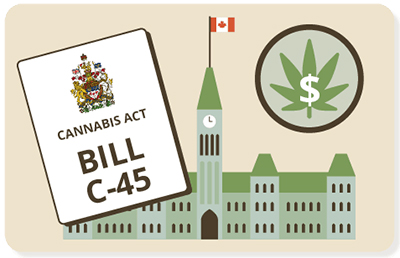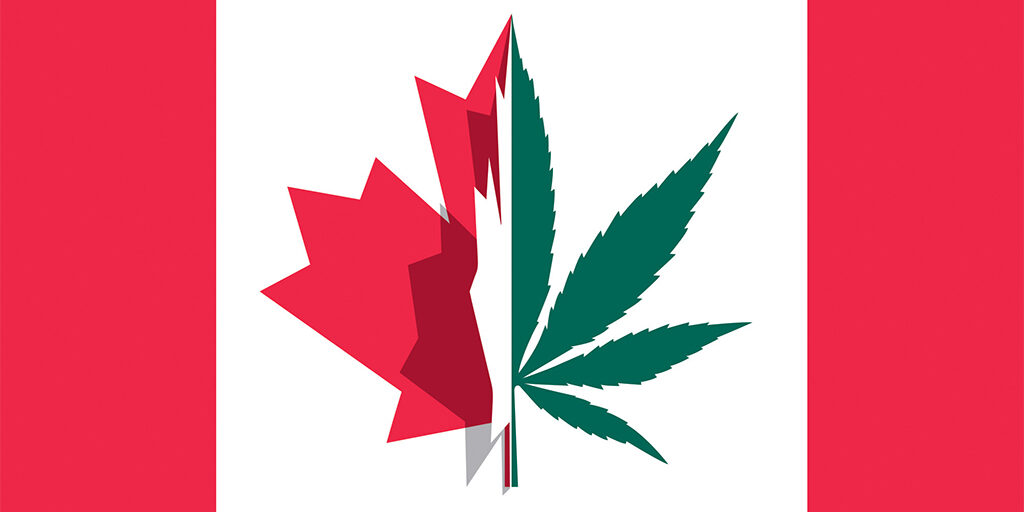In 2018, Canada became a trailblazer in the global cannabis landscape by legalizing the recreational use of marijuana. This historic decision marked a significant shift in public policy, challenging decades of prohibition and sparking a nuanced conversation around drug regulation, public health, and personal freedom. In this article, we embark on a journey through the timeline of cannabis legalization in Canada, exploring the key milestones, challenges, and societal shifts that shaped this transformative process.
Early Efforts and Advocacy:
1969: Cannabis Decriminalization:
Canada’s first significant step towards cannabis reform occurred in 1969 when the government, under Prime Minister Pierre Trudeau, decriminalized the possession of small amounts of marijuana. This move was part of a broader effort to address the social changes of the era and reduce the burden on the criminal justice system.
2001: Medical Marijuana Access:
Building on the earlier decriminalization, Canada took a crucial step in 2001 by introducing the Marihuana Medical Access Regulations (MMAR). This allowed individuals with specific medical conditions to access and use marijuana for therapeutic purposes under the supervision of healthcare professionals.
2013: Marijuana for Medical Purposes Regulations (MMPR):
The MMPR replaced the MMAR in 2013, establishing a more structured framework for the production and distribution of medical cannabis. This marked a shift towards a commercialized model, enabling licensed producers to cultivate and distribute medical marijuana to registered patients.
The Call for Recreational Legalization:
2015: Election of Justin Trudeau:
The election of Justin Trudeau as Prime Minister in 2015 brought a renewed focus on cannabis reform. Trudeau, during his campaign, emphasized the need for legalization as a means to regulate and control the market, address public health concerns, and displace the illegal cannabis trade.
2016: Task Force on Cannabis Legalization and Regulation:
In June 2016, the federal government established the Task Force on Cannabis Legalization and Regulation, chaired by former Justice Minister Anne McLellan. The task force engaged in consultations with experts, stakeholders, and the public to gather insights and recommendations on the best approach to legalization.
2017: Introduction of Bill C-45 (Cannabis Act):
 In April 2017, the Canadian government unveiled Bill C-45, commonly known as the Cannabis Act. The legislation proposed the legalization and regulation of recreational cannabis for adults, aiming to create a legal framework that prioritized public health and safety. The bill outlined strict regulations on production, distribution, and sales.
In April 2017, the Canadian government unveiled Bill C-45, commonly known as the Cannabis Act. The legislation proposed the legalization and regulation of recreational cannabis for adults, aiming to create a legal framework that prioritized public health and safety. The bill outlined strict regulations on production, distribution, and sales.
Legalization and Implementation:
2018: Cannabis Act Comes into Effect:
On October 17, 2018, the Cannabis Act officially came into effect, making Canada the second country in the world, after Uruguay, to legalize the recreational use of marijuana at the federal level. Adults aged 18 and older (varies by province) were granted the right to possess and purchase cannabis from licensed retailers.
Provincial and Territorial Regulations:
While the Cannabis Act provided the overarching legal framework, individual provinces and territories were granted the authority to establish their own regulations governing distribution, sales, and consumption. This led to a diverse landscape of cannabis policies across the country.
Legal Age and Possession Limits:
The legal age for purchasing and consuming recreational cannabis varies across provinces and territories, typically ranging from 18 to 19 years. The Cannabis Act set a federal possession limit of 30 grams of dried cannabis or its equivalent in other forms for adults.
Licensed Retailers and Online Sales:
The implementation of the Cannabis Act also marked the opening of licensed cannabis retailers across the country. Additionally, online sales platforms were established, allowing consumers to purchase cannabis products from authorized sources. This dual approach aimed to provide accessibility while tightly regulating the legal market.
Challenges and Adjustments:
Supply Shortages:
The initial months following legalization witnessed widespread supply shortages, as licensed producers struggled to meet the overwhelming demand. This imbalance highlighted the challenges of transitioning from an illicit market to a regulated industry.
Black Market Persistence:
While legalization aimed to diminish the black market, it became evident that persistent challenges, such as pricing disparities and limited product availability, contributed to the continued existence of an illicit cannabis market.
Cannabis Edibles and Extracts:
 In October 2019, the second phase of cannabis legalization unfolded, allowing for the legal sale of edibles, extracts, and topicals. This expansion aimed to offer consumers a broader range of products and further displace the illegal market.
In October 2019, the second phase of cannabis legalization unfolded, allowing for the legal sale of edibles, extracts, and topicals. This expansion aimed to offer consumers a broader range of products and further displace the illegal market.
Impact on Public Health:
The legalization of cannabis prompted discussions about its potential impact on public health, particularly concerning patterns of use among different age groups. Health officials and educators worked to disseminate accurate information about the risks and benefits of cannabis consumption.
Evolving Perspectives and Social Impact:
Cultural Shifts:
Cannabis legalization in Canada triggered a notable cultural shift, fostering more open conversations about marijuana use. Attitudes towards cannabis evolved, with increased acceptance and understanding of its potential as a recreational substance and a therapeutic agent.
Economic Opportunities:
The legal cannabis industry became a significant economic driver, generating revenue through taxes, licensing fees, and job creation. The emergence of new businesses, ranging from licensed producers to retail outlets, contributed to economic growth in various regions.
Social Equity Considerations:
As the cannabis industry flourished, discussions about social equity gained prominence. Advocates emphasized the importance of ensuring that the benefits of legalization reached all communities, including those disproportionately affected by previous drug policies.
International Impact:
Canada’s move towards cannabis legalization had international repercussions, influencing discussions and policies in other countries considering similar reforms. The Canadian experience provided valuable insights and lessons for jurisdictions navigating the complexities of legalizing cannabis.
Conclusion:
The timeline of cannabis legalization in Canada represents a remarkable journey from early decriminalization and medical access to the groundbreaking decision to legalize recreational use. This transformative process was not without its challenges, from supply shortages to ongoing efforts to displace the black market. As Canada continues to refine its cannabis regulations and address emerging issues, the world watches, learning from the successes and lessons of the pioneering nation that embraced the green wave of cannabis legalization.

